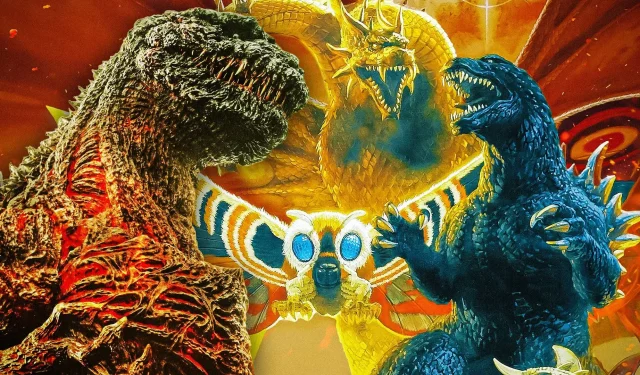
Godzilla has undergone a fascinating transformation over the years, ranging from an anthropomorphic antihero to a formidable global threat, all while remaining rooted in horror. Originating in the 1954 film *Godzilla*, the character was initially conceived as a dark metaphor for the perils of nuclear warfare. With its bleak themes and destructive narrative, this debut film is widely regarded as a horror movie. As time progressed and we entered the Showa Era, however, Toho softened Godzilla’s image, turning him into a more family-friendly figure, bordering on the goofy.
The shifts in Godzilla’s portrayal continued after the Showa Era, oscillating between villainy and antiheroism. Various films in the franchise choose to ignore all sequels apart from the original, leading to a diverse array of tones and styles. Consequently, some films have embraced darker shades, harkening back to Godzilla’s instinctive horror roots.
10 Godzilla vs. Gigan (1972)
A Spotlight on One of Godzilla’s Goriest Battles
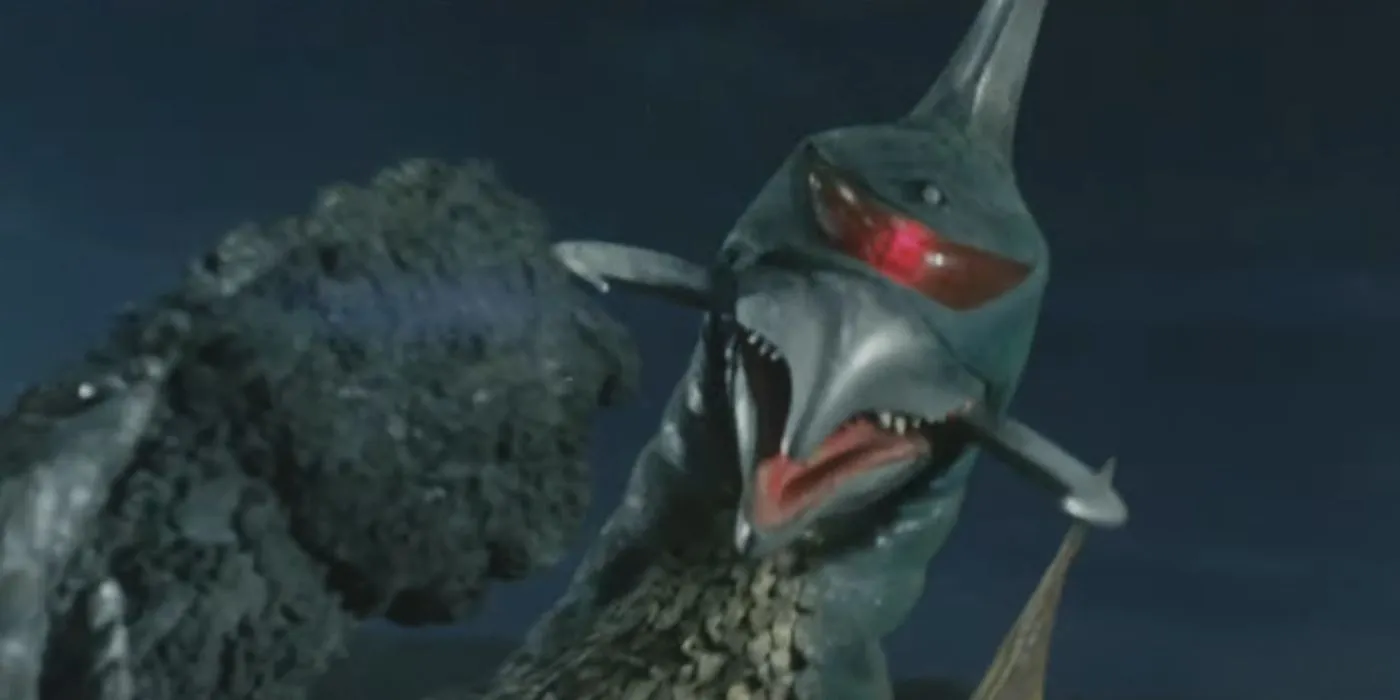
Considered a cult classic by many Godzilla enthusiasts, *Godzilla vs. Gigan* may not boast top-tier quality, yet it delivers thrills through its original monster action and introduces the notorious villain Gigan. Notably, the horror elements are accentuated by Gigan’s brutality, where he inflicts severe wounds on Godzilla using his razor-edged appendages. The resulting violence positions this film among the most gruesome in the franchise.
9 The Return of Godzilla (1984)
Revitalizing Godzilla’s Dark Roots Amid Cold War Anxiety
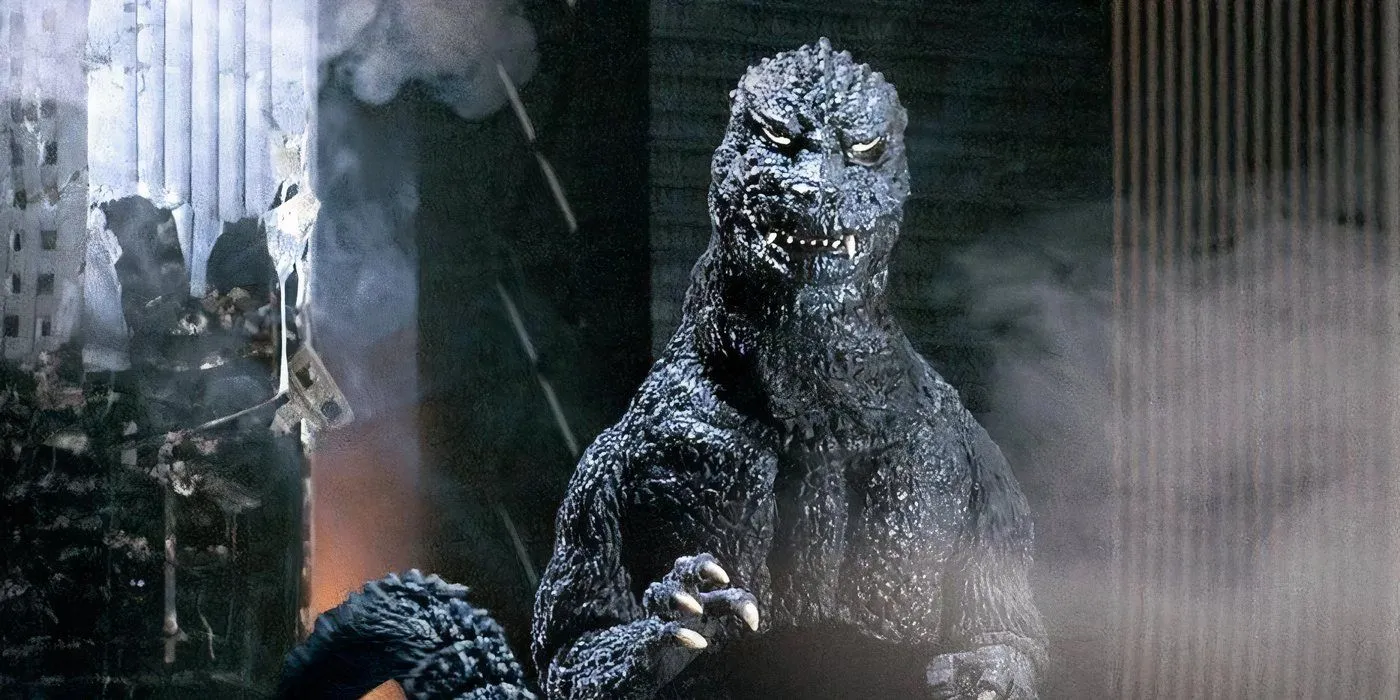
After a nine-year hiatus, Toho returned with *The Return of Godzilla*, adopting a noticeably darker narrative that played on Cold War tensions. With a revamped design that exudes menace, this film reconnects with Godzilla’s anti-nuclear roots, capturing the anxieties of the time. As the kick-off to the Heisei Era, it targeted an older audience, reaffirming the franchise’s longstanding theme of nuclear anxiety.
|
Overview of Godzilla Movie Eras |
||||
|---|---|---|---|---|
| Era | Timeline | Number of Movies | First Movie | Last Movie |
| Show | 1954–1975 | 15 | Godzilla | Terror of Mechagodzilla |
| Heisei | 1984–1995 | 7 | The Return of Godzilla | Godzilla vs. Destoroyah |
| Millennium | 1999–2004 | 6 | Godzilla 2000: Millennium | Godzilla: Final Wars |
| Reiwa | 2016-present | 5 | Shin Godzilla | Godzilla Minus One |
| Legendary | 2014-present | 5 | Godzilla | Godzilla X Kong: The New Empire |
Serving as a direct sequel to the original 1954 film, *The Return of Godzilla* presents a more feral and destructive Godzilla that wreaks havoc across Japan. The film’s unsettling narrative hinges on Soviet nuclear submarines and missile-equipped satellites, capturing the ominous specter of nuclear warfare. Even if lacking in narrative strength or production value, it certainly weaves elements of horror into the fabric of its storytelling.
8 Godzilla vs. Mechagodzilla (1974)
Introducing Godzilla’s Iconic Nemesis Amid Terrifying Aliens

Mechagodzilla’s rampage continues against both Godzilla and King Caesar, wielding lasers and explosives to inflict severe damage. At one point, Godzilla appears on the brink of death until he’s revived by an electric charge. Adding to the horror, Mechagodzilla is revealed to be overseen by an unsettling extraterrestrial race from Black Hole Planet 3.
7 Godzilla, Mothra, and King Ghidorah: Giant Monsters All-Out Attack (2001)
A Darker Godzilla Unleashes Chaos
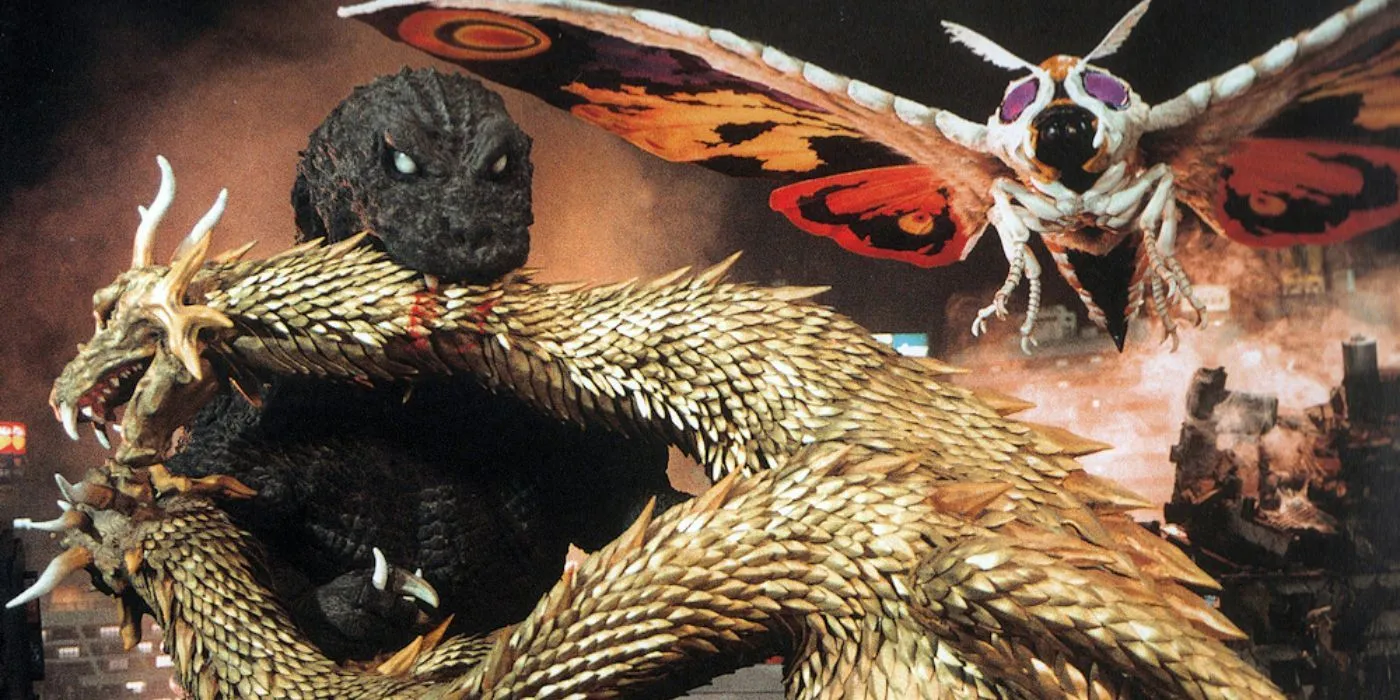
In a distinct departure from tradition, *GMK* positions King Ghidorah as a guardian, while Godzilla embodies a force of catastrophic destruction. This version of Godzilla is amplified by the terrifying narrative of the souls of Japanese soldiers and civilians lost in World War II, returning to enact vengeance. Godzilla’s ghostly appearance with stark white eyes and razor-sharp claws elevates this iteration into the realm of genuine horror, diverging from the conventional portrayal.
6 Godzilla vs. Biollante (1989)
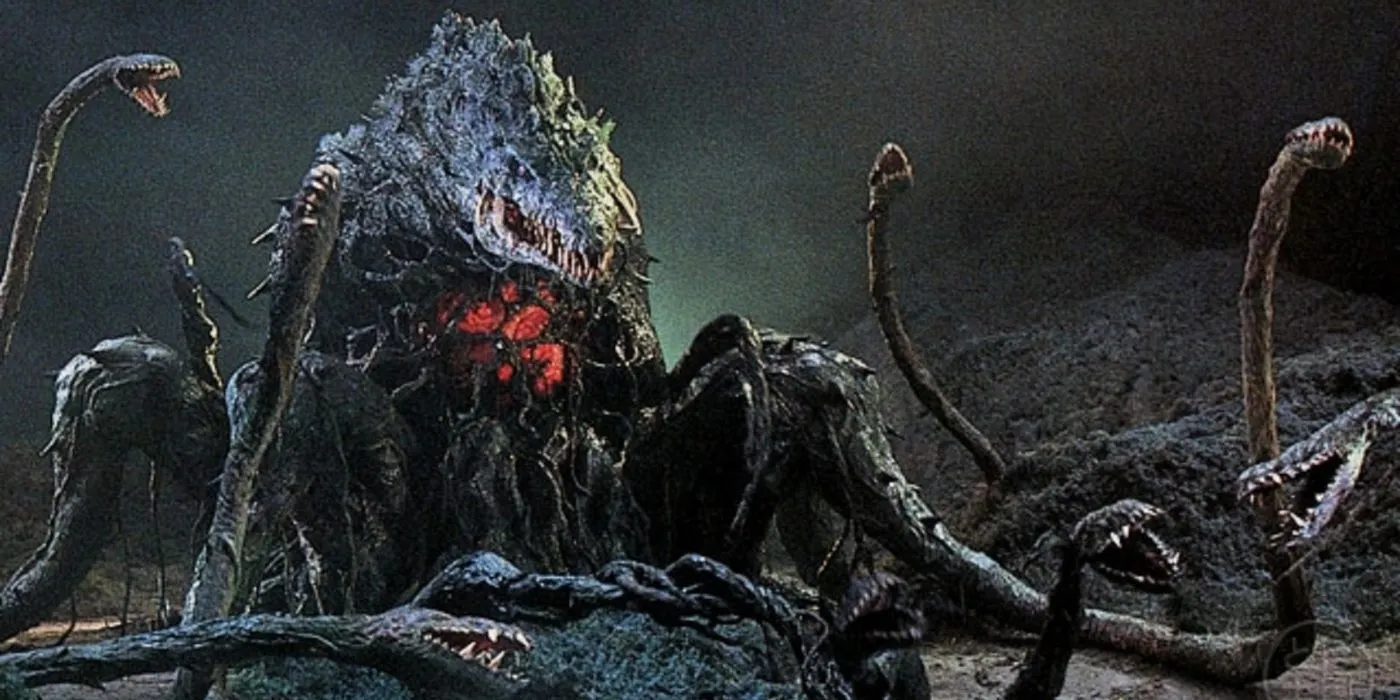
Continuing from *The Return of Godzilla*, *Godzilla vs. Biollante* introduces a terrifying hybrid creature evolving from genetic experiments. Featuring elements of classic sci-fi horror, the movie’s art direction and narrative explore complex topics like psychics and human-plant gene splicing. The monstrous form of Biollante, with its eerie luminescent glow and menacing tentacles, solidifies this movie as one of the scarier entries in the franchise.
5 Godzilla vs. Destoroyah (1995)
A Fearful Encounter with Death and Demonic Forces
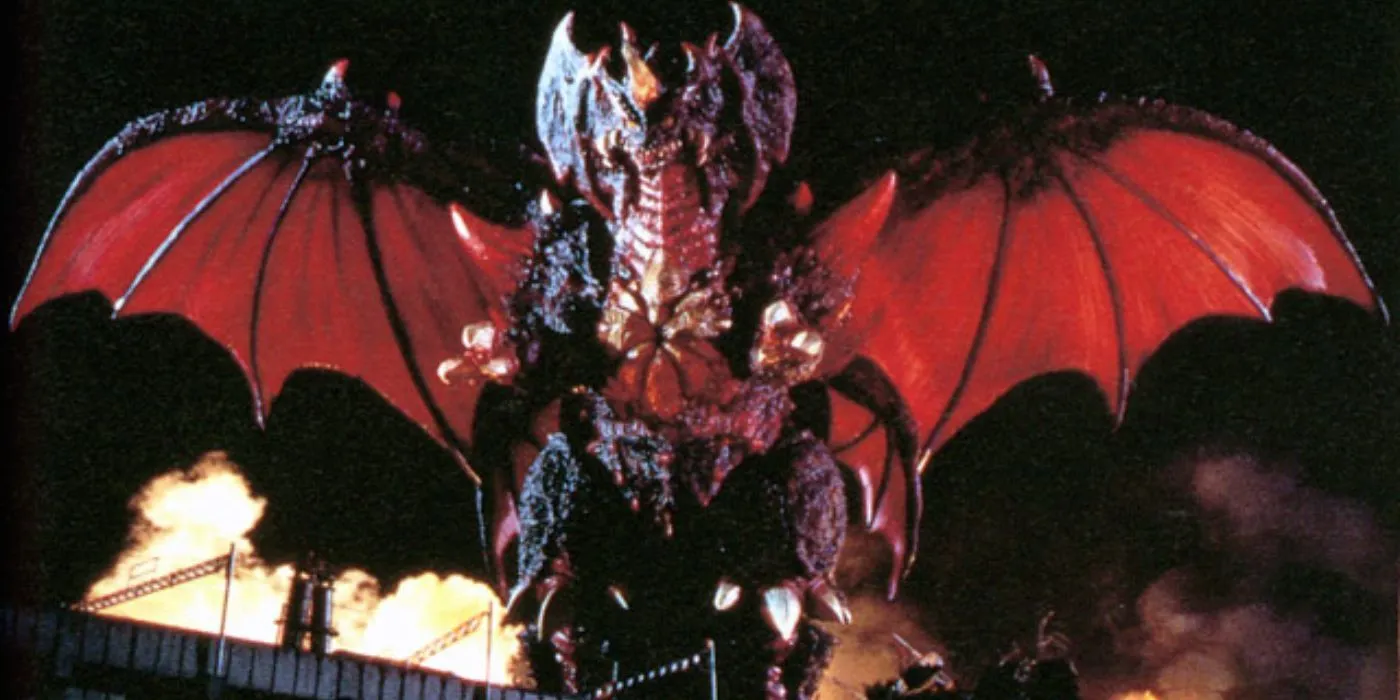
Renowned as a hallmark of the series, *Godzilla vs. Destoroyah* presents one of the few genuine “deaths”of Godzilla. The film showcases a visually stunning sequence where Godzilla melts down, resembling a nuclear reactor’s meltdown, while battling the terrifying Destoroyah. This demonic adversary evolves from crustaceans affected by Godzilla’s original 1954 film, presenting grotesque forms that evoke true horror.
4 Godzilla vs. Hedorah (1971)
A Deadly Encounter with Pollution Personified
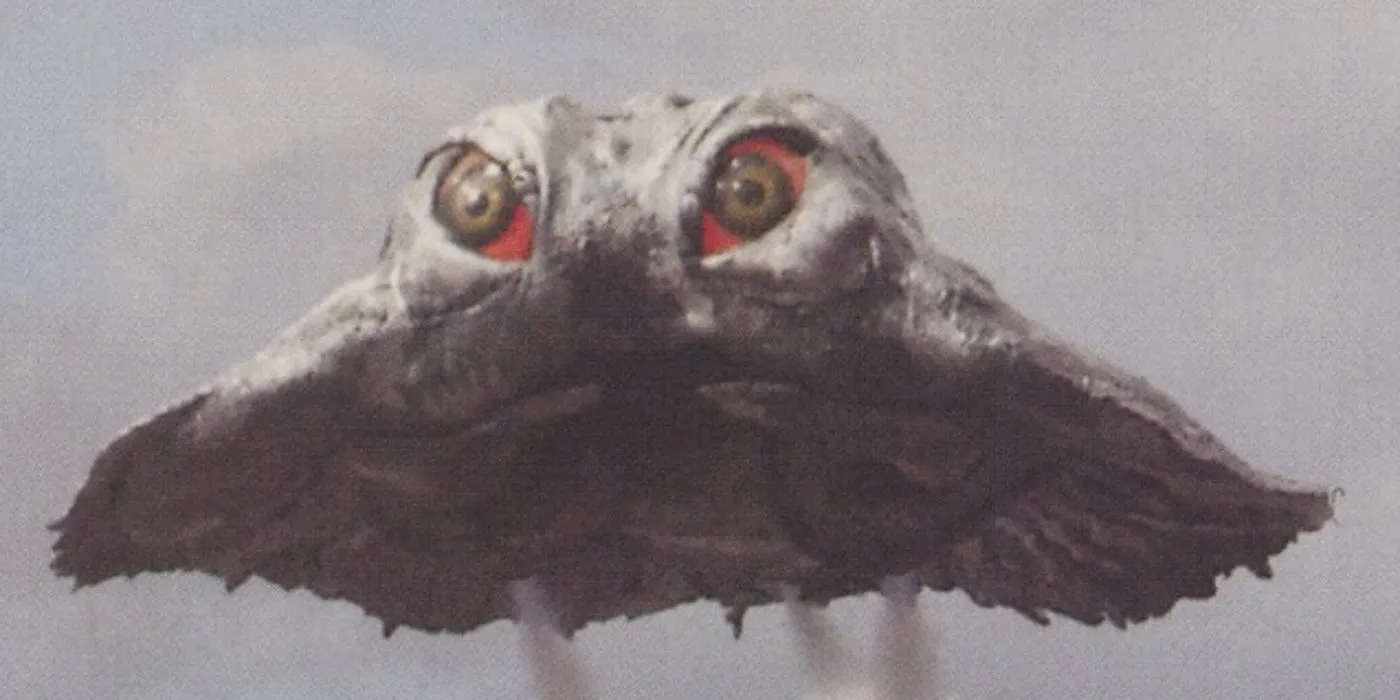
Contrary to the perception that many Showa Era films were lighthearted, *Godzilla vs. Hedorah* presents a serious tone. The film’s antagonist, Hedorah, embodies the potential devastation of pollution by evolving from microscopic life with a lethal appetite for environmental decay. Hedorah’s airborne form disseminates toxic mists across Japan, illustrating both a societal and environmental horror story.
3 Godzilla Minus One (2023)
Revisiting Godzilla’s Anarchic Legacy
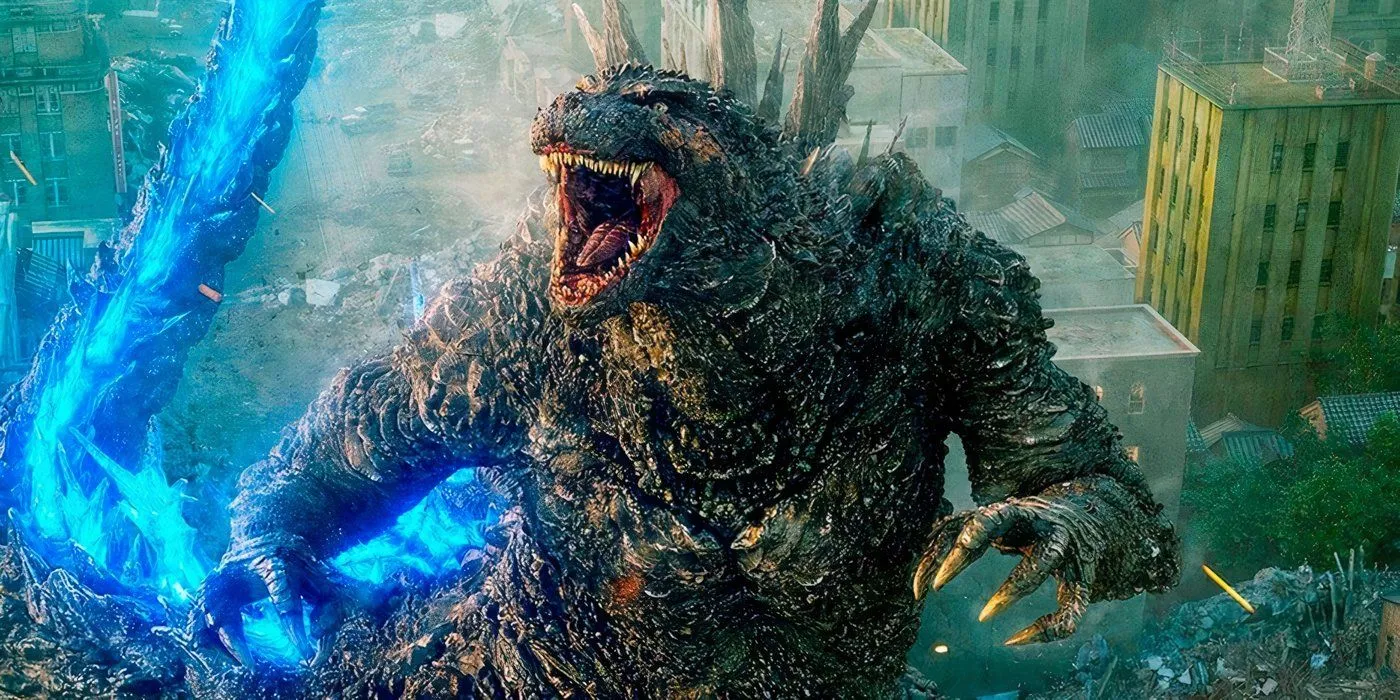

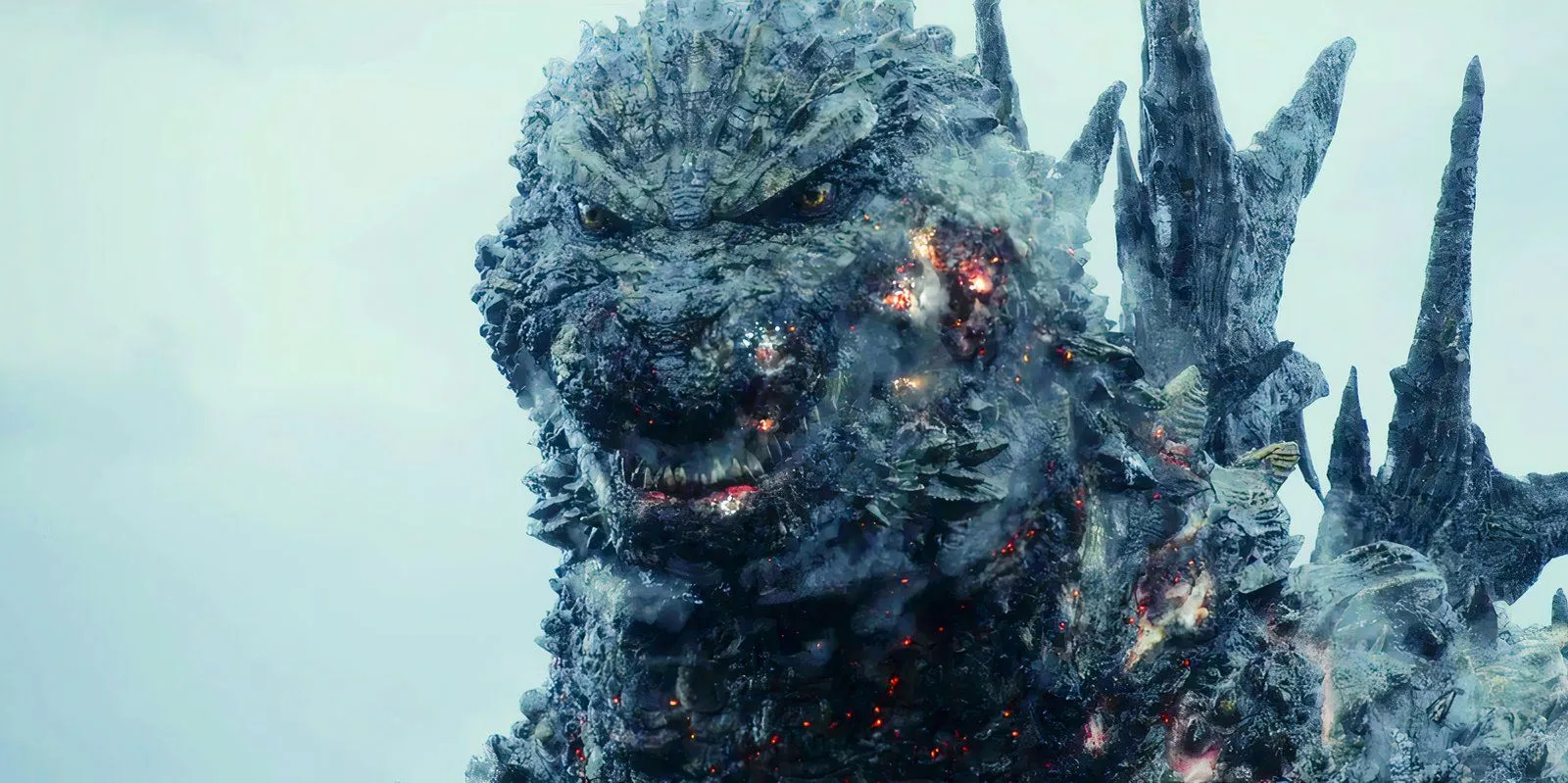
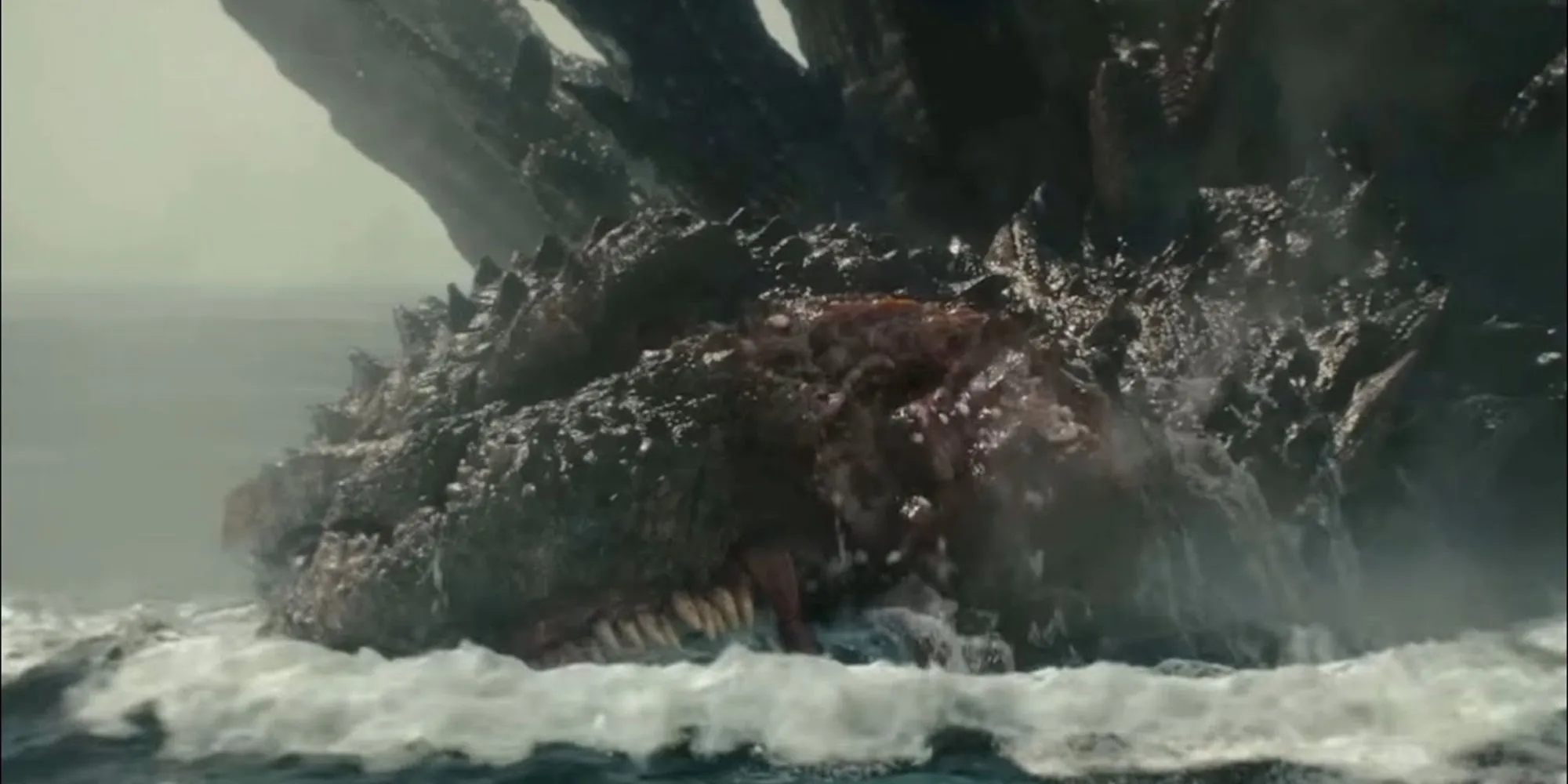
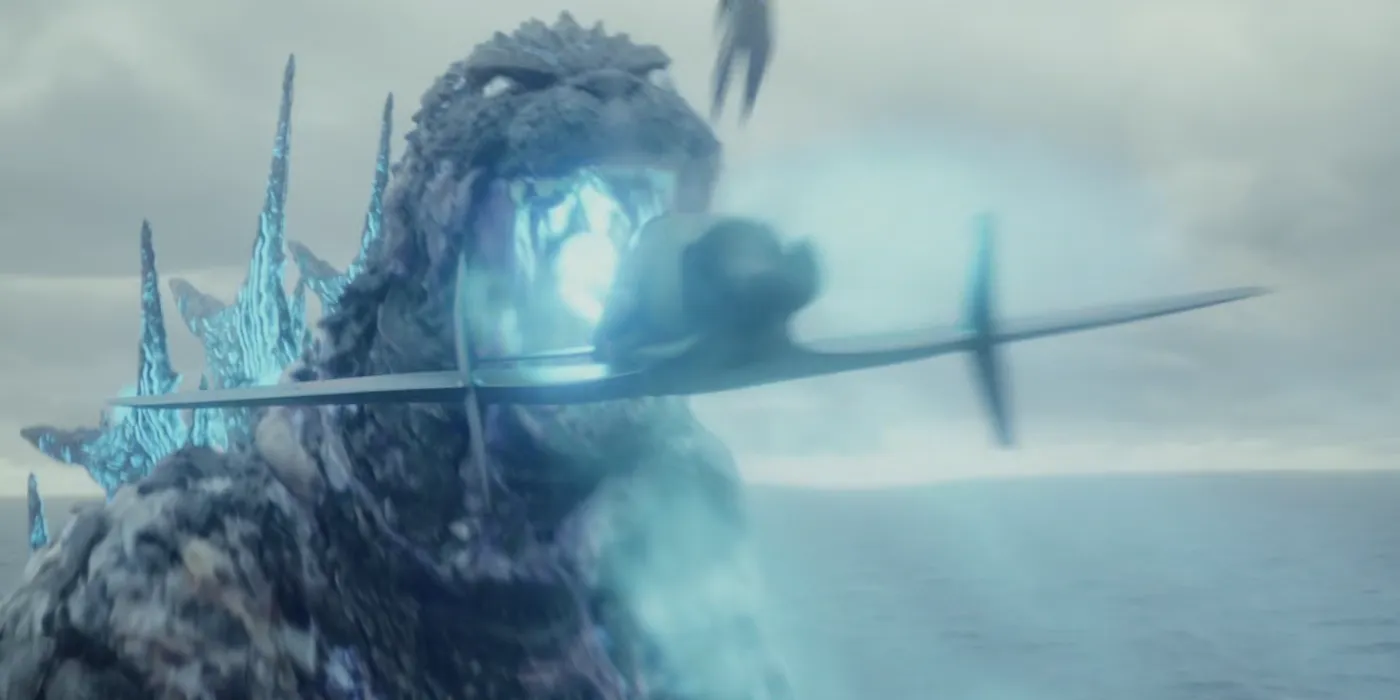
With *Godzilla Minus One*, Toho has returned Godzilla to his post-World War II roots. Acclaimed for its groundbreaking visual effects and compelling storytelling, the film showcases Godzilla’s devastating attacks yet again. In this iteration, Godzilla emits a nuclear blast capable of obliterating entire cities, representing sheer destruction.
The visceral experience of witnessing the catastrophic results of Godzilla’s rampage is unprecedented. The film juxtaposes personal struggle with the horrors of atomic warfare, as Godzilla not only inflicts sweeping destruction but also displays grotesque injuries he regenerates in real time. His ominous behavior towards the film’s human protagonist solidifies *Godzilla Minus One* as a horror film.
2 Godzilla (1954)
The Groundbreaking Horror Origin of the Radioactive Titan
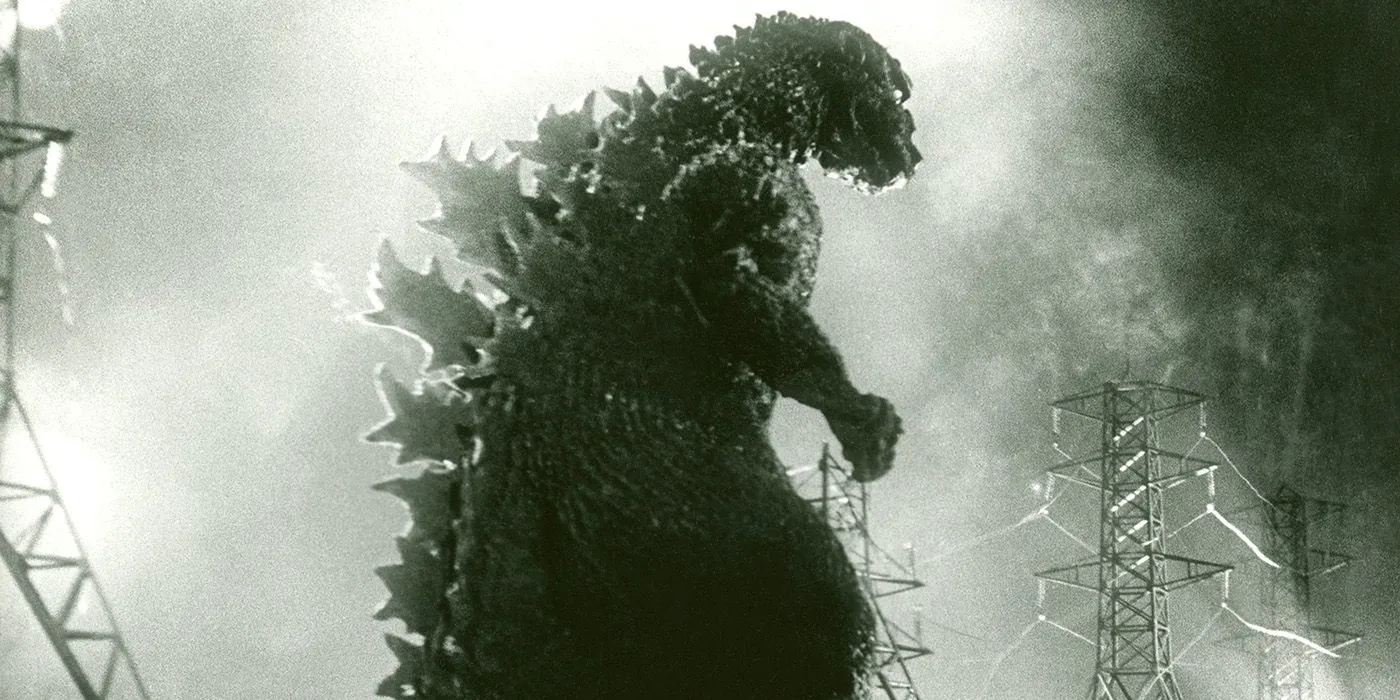
The original *Godzilla* is unmatched in its ability to evoke terror, even seven decades later. Shot in black-and-white, its visual style contributes to the foreboding atmosphere, and its narrative resonates with audiences to this day. Godzilla’s rampage through Tokyo played a crucial role in setting a new standard for the tokusatsu filmmaking approach, effectively blending special effects with engaging storytelling.
Additionally, the film’s impact lies in its raw depiction of devastation, showcasing not only destruction but also the human cost, illustrating the horrors of radiation sickness. By delivering a poignant anti-nuclear cautionary tale, it firmly establishes its place as a powerful horror narrative, solidifying its reputation as one of the greatest monster films ever made.
1 Shin Godzilla (2016)
Toho’s Haunting Masterpiece of Kaiju Body Horror

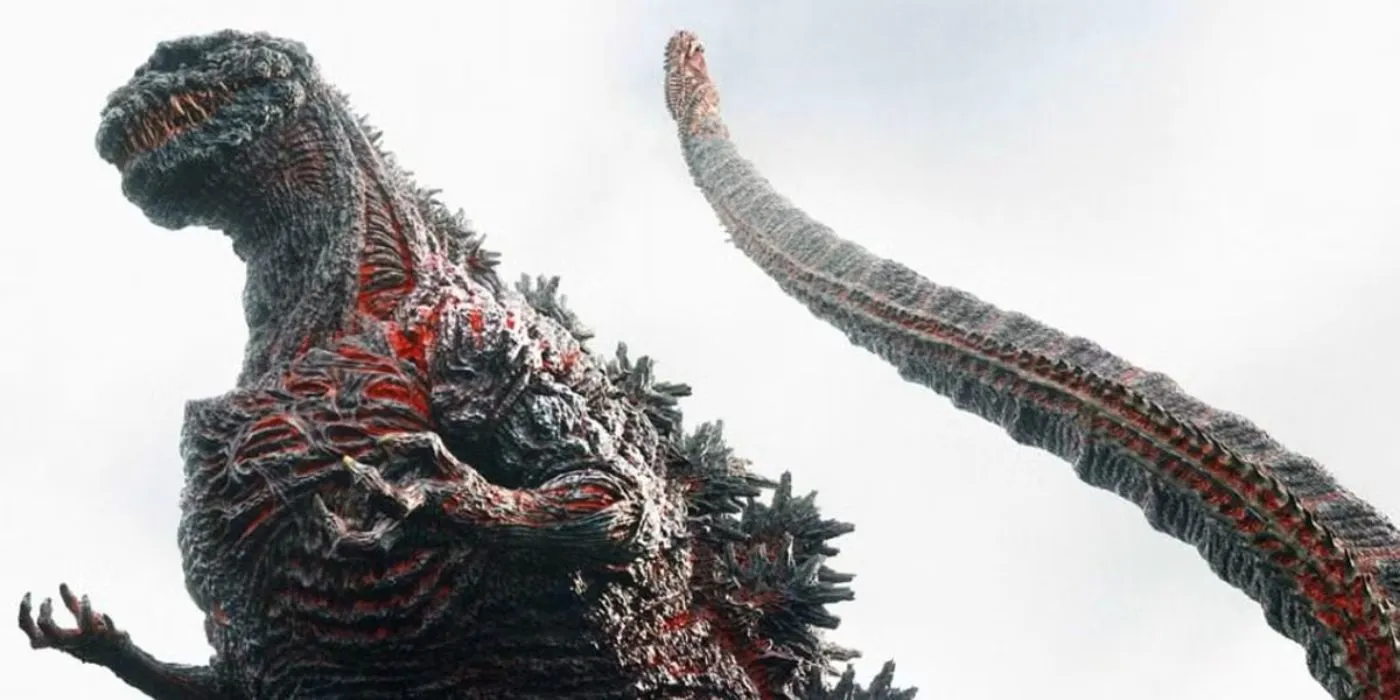
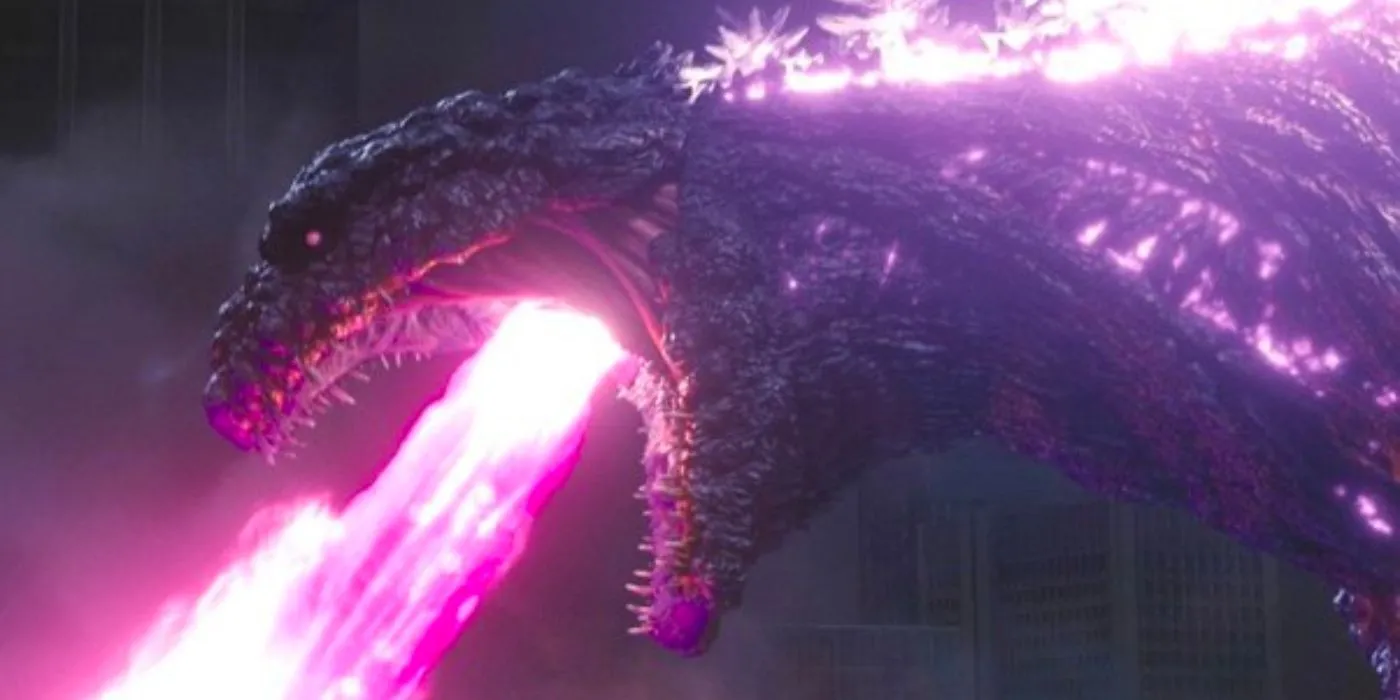
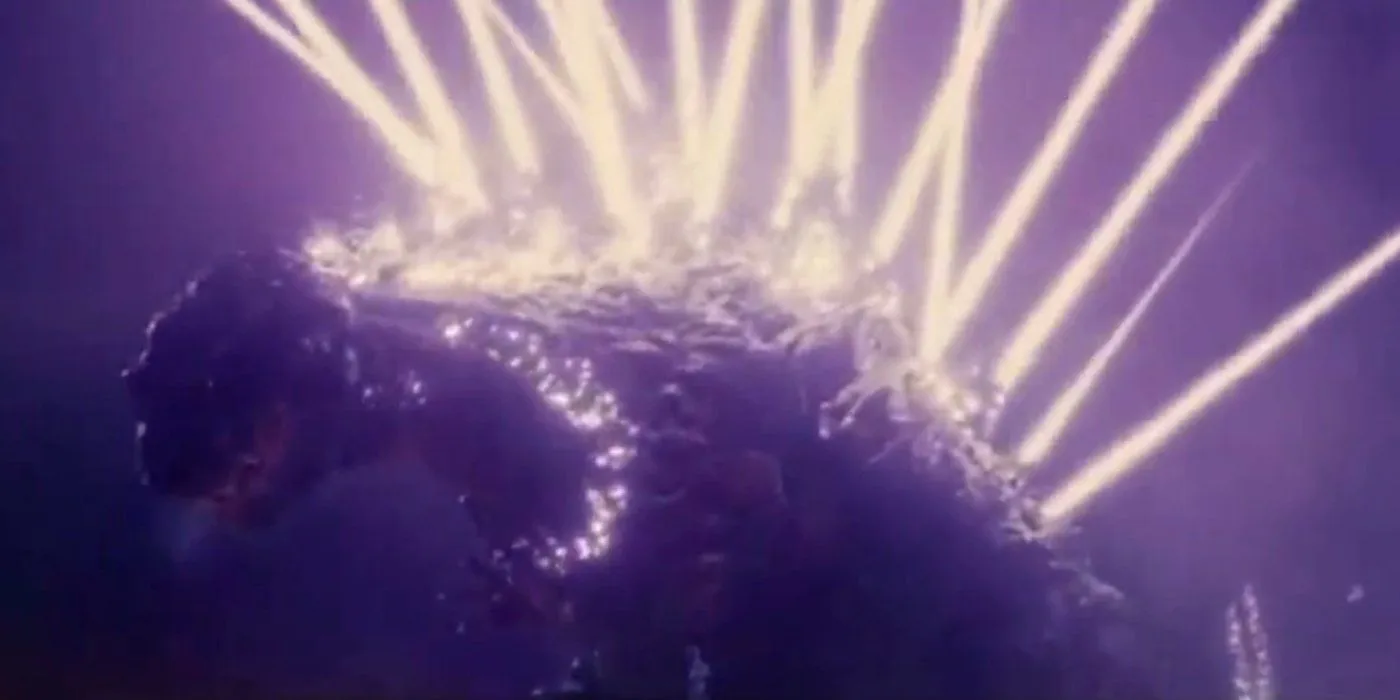
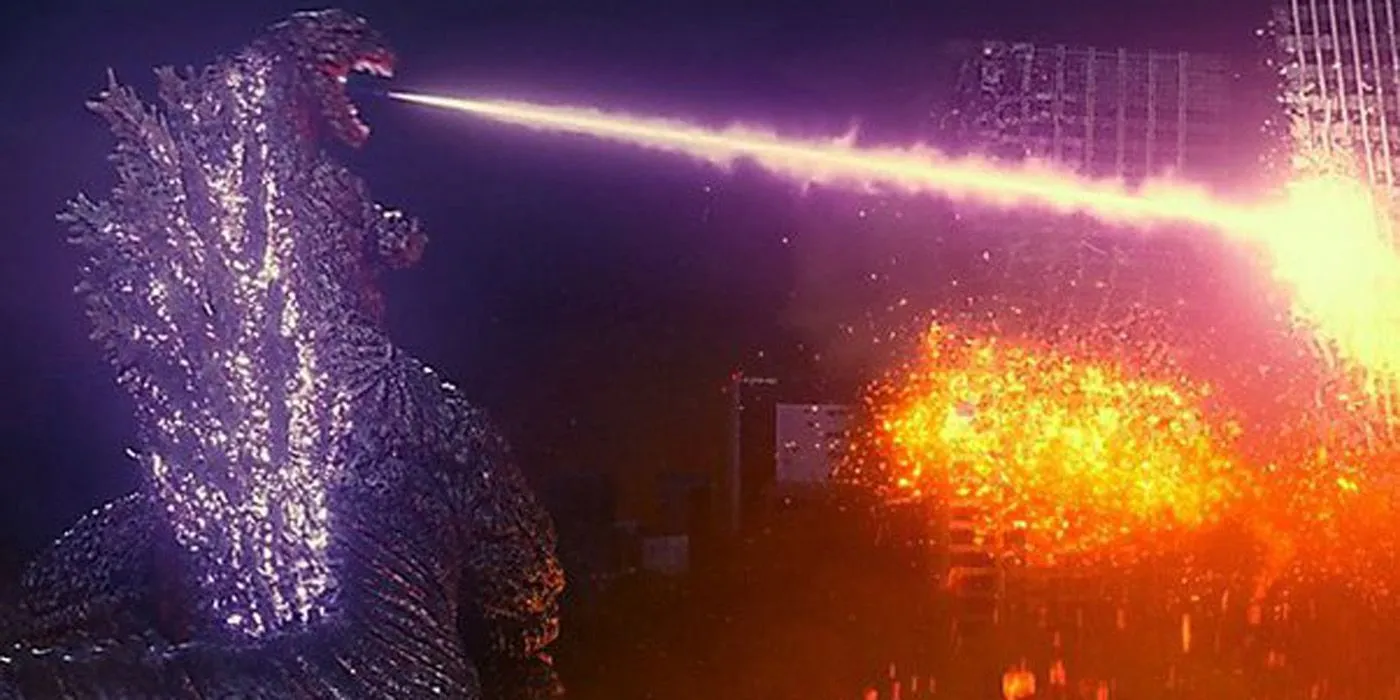
*Shin Godzilla* showcases an evolving creature, starting from aquatic origins and ultimately transforming into the monstrous form most recognizable to fans. Characterized by its pulsating, radioactive form, Godzilla’s terrifying abilities include laser strikes from its tail and dorsal spikes, paired with a highly potent atomic breath.
The body horror elements innate to *Shin Godzilla* elevate its scare factor, where the creature’s skin is grotesquely stretched, revealing horrific wounds across its monstrous form. The dislocating jaw, reminiscent of snakes, adds an unsettling visual while unleashing its catastrophic attacks. A haunting image emerges at the film’s conclusion, as a freeze-frame reveals numerous humanoid offshoots emerging from Godzilla’s tail, suggesting a chilling transformation.
Controversial for its radical departure from previous portrayals, Godzilla’s fifth form opens exciting possibilities for exploration in future installments.




Leave a Reply